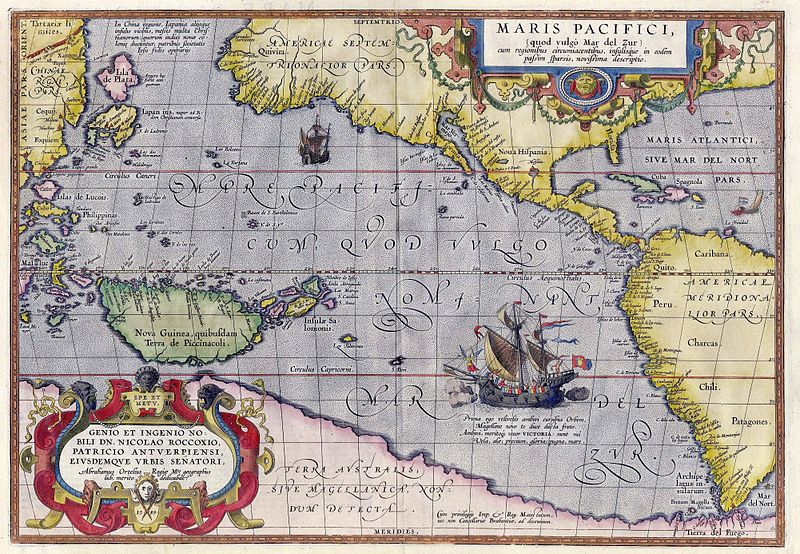
Well, it has been a tremendous journey. Our ship arrived safely to port on Saturday in Panama and everyone, including the ship's crew, was very excited to hit dry land again. On Sunday, the scientists began flying home, while a few stayed behind to spend time in and around Panama. The ship soon began its week-long return trip through the Panama Canal to its home port in Fort Pierce, Florida. The work continues as the ship must be unloaded and its cargo - rich now with scientific data - returned to the scientists at their home research labs and institutions. It will take many months and years to examine the specimens and data obtained from the research cruise. All the hard work at sea has enabled scientists to return with a wealth of scientific information which they can now examine at their own pace in their research labs. Thank you for joining us on this incredible journey. If you have any questions or comments, please send them to: etpcruise@yahoo.com.

































